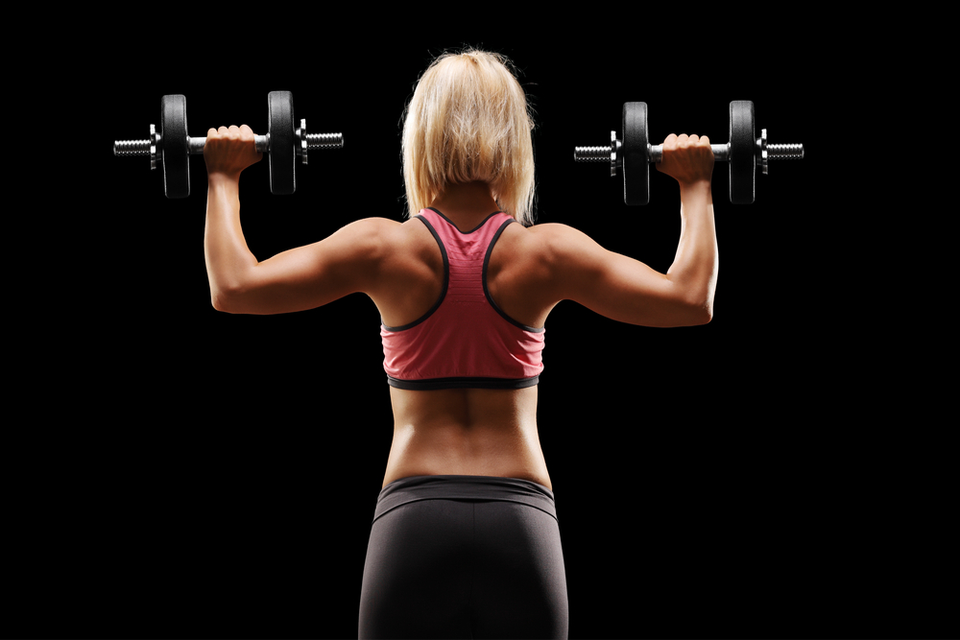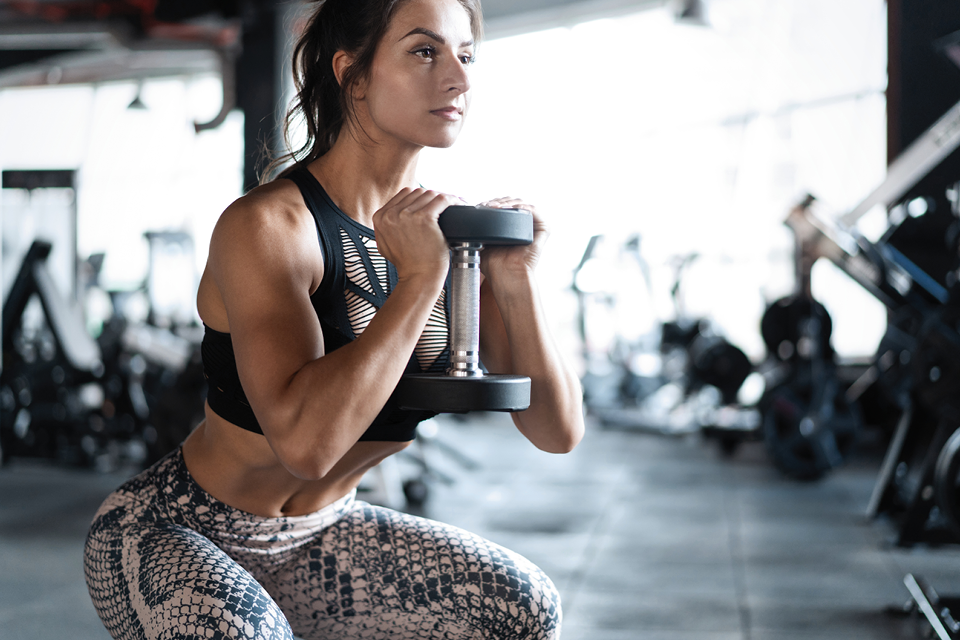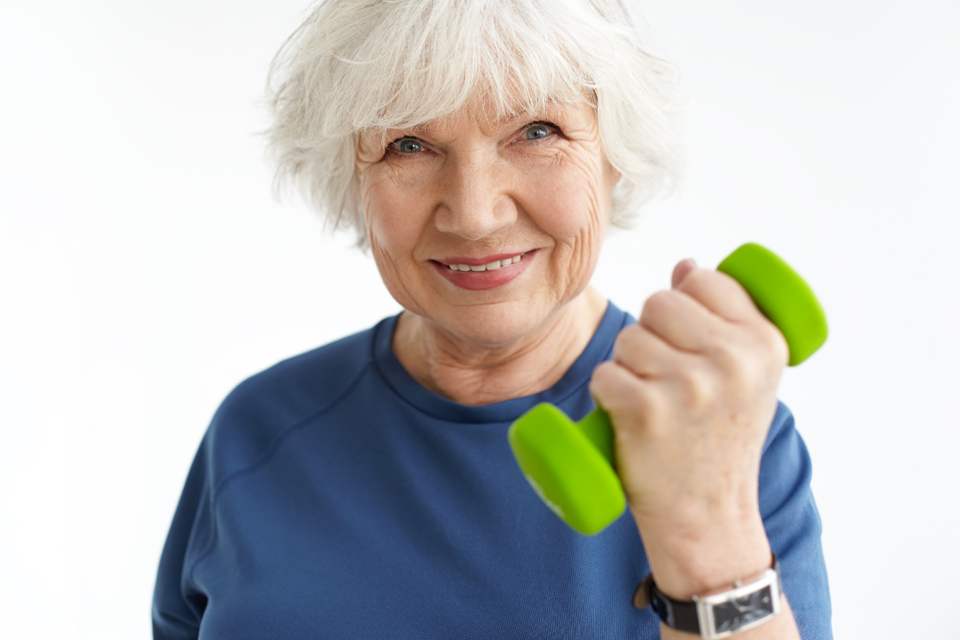Are you a breast cancer survivor who feels like your inner athlete lost her spark? You aren’t alone: one out of every eight women in the U.S. experiences a breast cancer diagnosis,2 and getting back to fitness is full of fatigue, questions, new sensations, and fear.
New 2020 research, however, shows that you can’t afford to sit on the fitness sidelines. Women who were active before, during, and after treatments demonstrated a 55% decrease in 2-year reoccurrence rates, and 68% decrease in mortality.1
If you weren’t active prior to your breast cancer diagnosis, it’s not too late to start! Reoccurrence and mortality rates are still decreased by over 40% compared to those who remain inactive.1 This raises the question of, “What kind of exercise is best for breast cancer survivors?”
Establish Your Starting Point
Goal #1: Achieve the Physical Activity Guidelines for Health.1-3 Set aside 30 minutes/day, 5 days/week for moderate-intensity physical activity. Moderate exercise could include a brisk walk or bike ride, yoga, Pilates, dance-inspired workouts, functional training, or weight lifting circuits.
When selecting weights, start with 6-8 full-body exercises at a weight you can maintain good form with for 10-15 repetitions. Give yourself permission to start with one set on each exercise, as you will be sore in new ways. If you use weights every day, be sure to alternate between upper body and lower body days, as your muscles need at least one day to recover between lifting workouts.
Intensify
After you achieve your 30 minutes/day, 5 days/week for one month, it’s time to intensify.
Goal #2: Add 3-5 sets of 2-minute-high-intensity bursts to 2-3 of your workouts each week. Vigorous activity could include faster walking, jogging, or biking, faster dance movements, heavier weights, or shorter rest periods in functional training circuits; the goal is to get your heart pumping. You’ll know you are in a high-intensity zone when you have to take a breath in the middle of saying Supercalifragilisticexpialidocious.
If you work with weights, increase your load so you feel challenged at 8-10 repetitions. Then, build volume by adding 2-3 sets for each exercise. Sticking to splits, such as alternating upper and lower body days is even more important as you add intensity, as muscles will take longer to recover.

Customize
Breast cancer treatment and long-term side effects are as individual as each woman. Common side effects include cardiovascular changes, fatigue, decreased bone density, lymphedema, limited shoulder mobility, low back pain, and mental health considerations.1-3
All breast cancer survivors should consult with their supervising doctor prior to starting an exercise program or if symptoms change. Here are a few common customizations:
• Low bone density: Avoid high impact activity like jumping. If the spine is involved, avoid crunches, sit-ups, and other moves that flex the spine. You can usually still work your core with planks or anti-rotation exercises.
• Peripheral neuropathy: Decreased sensation in the feet can increase fall risk. Include balance training each day. You don’t need special equipment; start by standing with one foot in front of the other on level ground, then slowly rotate your head side to side 10 x.
• Lymphedema: Current evidence is neither for nor against wearing a compression sleeve during exercise.3
• Shoulder tension: Shoulder tension and popping will limit overhead lifting initially. Add stretching for the lats, pecs, and posterior shoulder, holding each stretch for 30-60 seconds. Include “The Thrower’s 10” as part of your upper body day warm up to help rebalance the shoulder girdle before returning to heavy shoulder lifting.
Summary
Fitness and rekindling your inner athlete can be part of your breast cancer survivor warrior program. The above guidelines offer general starting points, and your levels of energy, strength, endurance, and function can thrive when you build a team to support you beyond the basics.
Take your program to the next level by recruiting your doctor, nutritionist, physical therapist, personal trainer, and others who can add expertise to your individual experiences. You’ll have ups and downs, but give yourself permission to start shining again; share your questions and experiences with us along the way.
-------------------
References:
- National Cancer Institute. (2020). For women with breast cancer, regular exercise may improve survival. Retrieved from: https://www.cancer.gov/news-events/cancer-currents-blog/2020/breast-canc...
- Bodai, B. I., & Tuso, P. (2015). Breast cancer survivorship: a comprehensive review of long-term medical issues and lifestyle recommendations. The Permanente Journal, 19(2), 48–79. https://doi.org/10.7812/TPP/14-241
- Campbell, KL, et al. (2019). Exercise Guidelines for Cancer Survivors: Consensus Statement from International Multidisciplinary Roundtable, Medicine & Science in Sports & Exercise. https://doi: 10.1249/MSS.0000000000002116
-------------------
About the Author: Dr. Meredith Butulis is a Sports Medicine Physical Therapist, NSCA Certified Strength and Conditioning Coach, ACSM Certified Exercise Physiologist, NASM Certified Personal Trainer, and Precision Nutrition Certified Nutrition Coach in practice since 2002. She consistently walks the talk as a fitness, physique, and OCR world level competitor and lifestyle transformer since 2006, celebrating many wins along the way. Want more total fitness lifestyle inspiration and interaction? Follow Dr. Meredith on Instagram @Dr.MeredithButulis or join the free “Fitness Focus Fuel” Facebook Group.
-------------------








